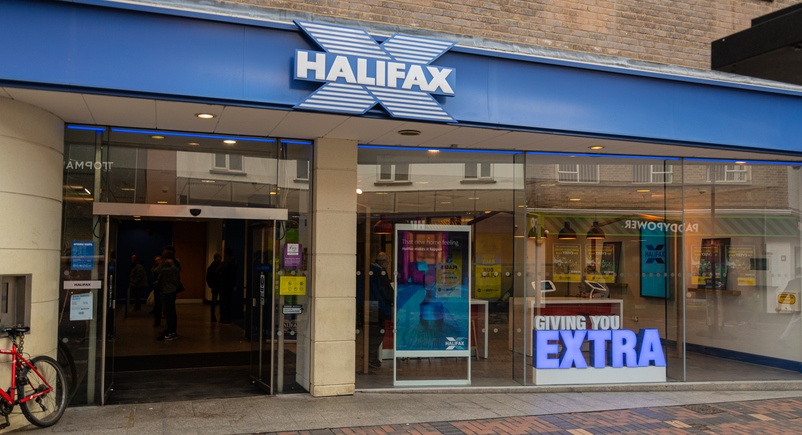Home » Uncategorised »
Halifax House Price Index for February 2021 released
This article is an external press release originally published on the Landlord News website, which has now been migrated to the Just Landlords blog.

Halifax has released its latest House Price Index, which indicates a slight housing market slowdown for February.
The highlights of the report include:
- House prices in February 2021 were 0.1% lower than in January 2021
- In the last three months of December to February house prices were 0.5% higher than in the three months previous of September to November
- Houses prices were 5.2% higher in February 2021 than the same month last year
Russell Galley, Managing Director of Halifax, comments within the report: “Having enjoyed an extremely strong period of activity in the second half of last year, the housing market continued its softer start to 2021, with average prices down very slightly (-0.1%) compared to January. However, with annual house price inflation currently at +5.2%, property values remain comfortably higher than 12 months ago, when February was the last full month before lockdown.
“The housing market has been at something of a crossroads at the start of this year, with upcoming events key to determining the path of activity and prices over the next few months. The government’s decision to extend the stamp duty holiday – one of the main drivers of demand from homemovers during the pandemic – has removed a great deal of uncertainty for buyers with transactions yet to complete.
“The new mortgage guarantee scheme is another welcome development from this week’s Budget. Whilst mortgage approvals have reached record highs in recent months, hitting levels not seen since before the financial crisis of 2008, raising a deposit continues to be the single biggest hurdle for first-time buyers to overcome.
“In the longer-term, the performance of the housing market remains inextricably linked to the health of the wider economy. The pace and extent of recovery are still highly uncertain, and much will depend on the ongoing success of the UK’s vaccination roll out.
“Though there is the likelihood of an economic ‘bounceback’ from lockdown, with households not unduly impacted by the pandemic deploying the significant reserves of savings that they have built-up, higher unemployment is likely to limit new buyer demand. Therefore, we would not expect the level of growth seen in house prices over the past year to be sustained throughout 2021.”
Ross Counsell, chartered surveyor and director at GoodMove, has commented on the report: “According to the latest Halifax House Price Index figures, average house prices in the UK are finally beginning to fall, dropping by 0.3% in January compared to December, now standing at £251,968. This marks the biggest monthly decrease since April 2020.
“Although small, the drop in house prices signals that the housing market is finally slowing down after a stellar year in 2020. This is also shown by the annual rate of house price inflation seeing its lowest level since August, as well as the total stock held by estate agents rising to its highest level since before the EU referendum in 2016.
“We are also approaching the end of the Stamp Duty Holiday deadline in March – something that surged the growing demand for properties and consequent high house prices during 2020. On average, it can take between 12-21 weeks in the UK from offer acceptance to property completion, therefore many people looking to buy a home now are likely to understand that they won’t reap the benefits of the Stamp Duty Holiday and are holding off from buying. We foresee house prices to fall even further from April onwards, so waiting until then is a wise move for buyers.
“The future of the property market, and in fact the economy, remains uncertain throughout 2021. Increasing unemployment and a shattered economy should indicate a slow housing market, but if we have learnt anything from 2020 it’s that the housing market remains resilient. Lockdown has shifted the way the nation views property, and we still expect to see ongoing demand for bigger properties in rural locations throughout this year – but at lesser prices than in 2020.”




